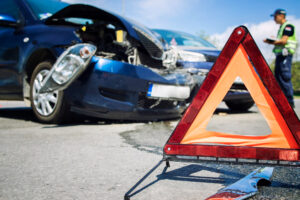By Vuyi Mpofu
Motorcycles are cool and fun to ride, but in truth, they are much riskier modes of transport than cars.
To me, riding a motorcycle is the ultimate expression of freedom and learning how to ride has been one of the coolest things I’ve ever learned to do. It takes a fair amount of courage to straddle a motorcycle though and one needs to me mentally and physically prepared for being exposed to the weather and fast-changing traffic conditions.
Unlike more experienced riders who have mastered the art of riding defensively and are better skilled at riding incident-free in traffic, I have to actively employ riding techniques that are designed to increase my safety.
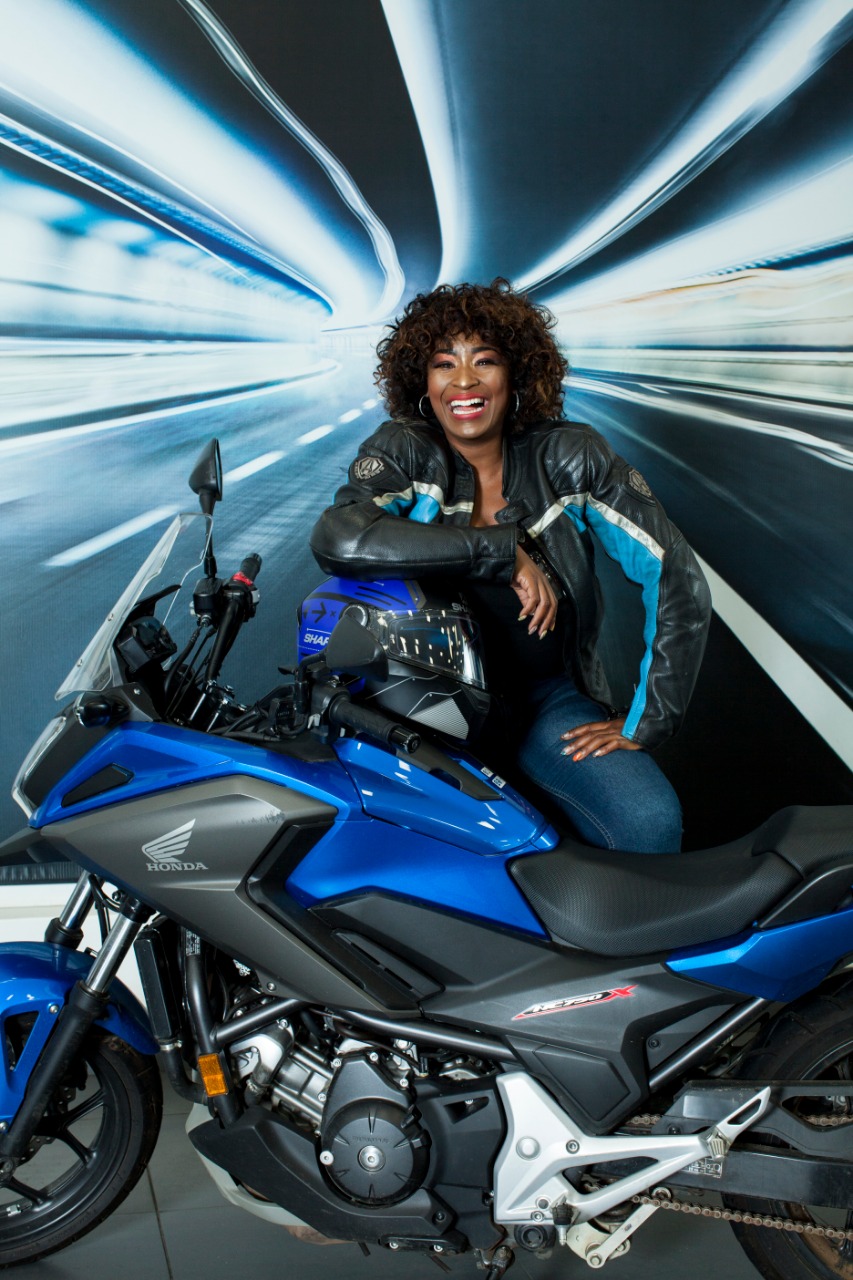
These are the five ways I strive to keep my rides incident-free.
Get Familiar With Your Bike
The first thing I wanted to do when I first got my bike was to jump onto it and take it for a spin. Ok, I confess that’s exactly what I did, but that’s only because I was familiar with the brand, make and model as I had previously been sponsored with a similar bike by the bike manufacturer. What I advise new bike owners to do, is to become intimately acquainted with their rides before taking them for a spin.
This includes knowing:
- How to adjust mirrors, test brakes and clutch, check tyre pressure, oil and where all the controls are, and how to operate them.
- How many kilometres you can get out of each full tank – so that you don’t get a near heart attack when the fuel gauge light comes on (trust me on this one!)
- How to adjust the distance between your hands and the handlebars – for ease of comfortable reach.
- How to lift your bike – because you WILL drop it.
- How to wash it – because not all car washes know how to do so.
- How to balance it – by walking around it with just one hand supporting it.
- What your tyre pressure is for both on and off-road riding.
- How to oil/clean the chain and test its suspension tautness.
- How to change a flat/damaged tyre.
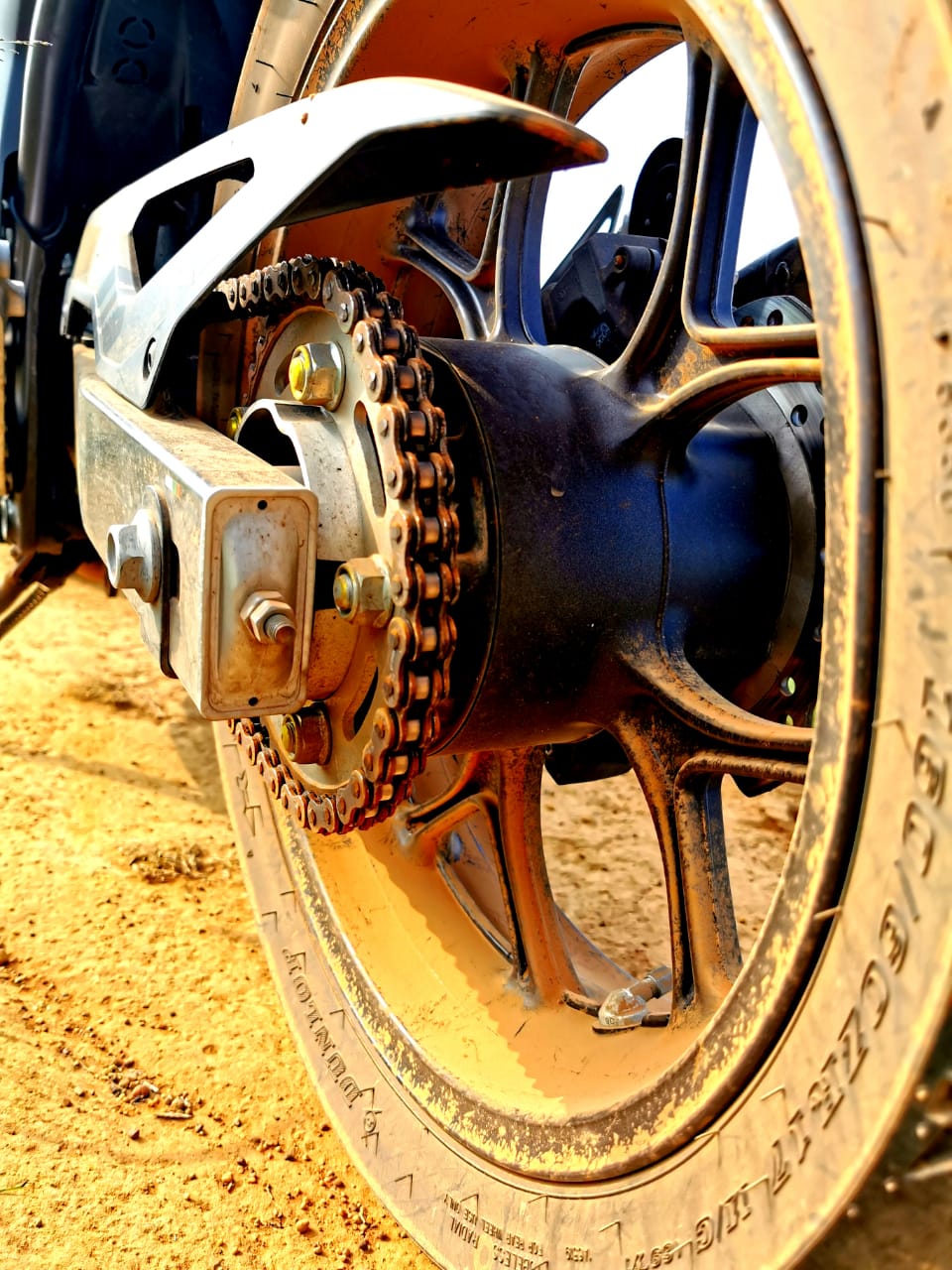
Watch the Road
Keep an eye on where you are going as well as the condition of the road. I learnt the hard way that white lines on the road are treacherously slippery when wet and that speed humps feel very different when riding over them than when driving over them.
There are some anomalies that a driver wouldn’t even notice such as an unlevel patch or tarmac, but the same patch, to a motorcyclist can be unsettling. The key is to look ahead and scan the road for debris, potholes, patches of water/oil, etc at all times.

Get More Saddle Time
Ride, ride, and then ride some more. I quickly learned that I needed to practice riding in all types of road and weather conditions, ranging from rain to heavy traffic. Up until then, I felt confident in my abilities but when I realised that riding in traffic gave me the jitters I knew I had to work on that particular weakness.
To help gain more confidence, I rode on two particular highways twice a day, either in morning or evening traffic or when the road was clear. One highway, which is particularly straight, allowed me to focus primarily on my lane positioning, and also allowed me to practice other skills such as anticipating what other road users might do, scanning the road, and monitoring my speed.
The other highway presented me with numerous opportunities to conquer the curves by indicating, checking over my shoulder, using my mirrors, alternating between using my front and rear brakes, and looking for escape routes should the need arise.
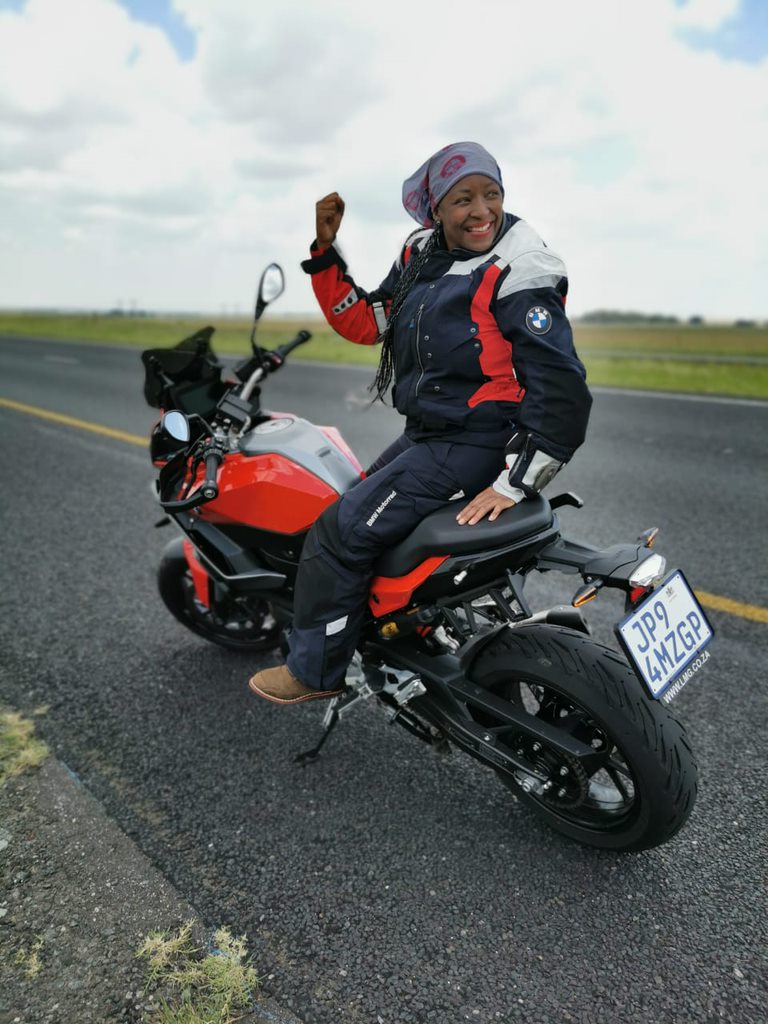
Master The Brakes
Knowing which brakes to use and when, is a big deal and could be the difference between coming to an elegant stop and a disgraceful dismount. Early in my learner rider journey (to date) I made it a habit to go to an empty parking lot and practice different riding techniques. It wasn’t until I had a near-miss in traffic that I realised I need to sharpen my braking skills. Understanding weight transfer and appropriate brake application have a direct bearing on one’s riding life expectancy.
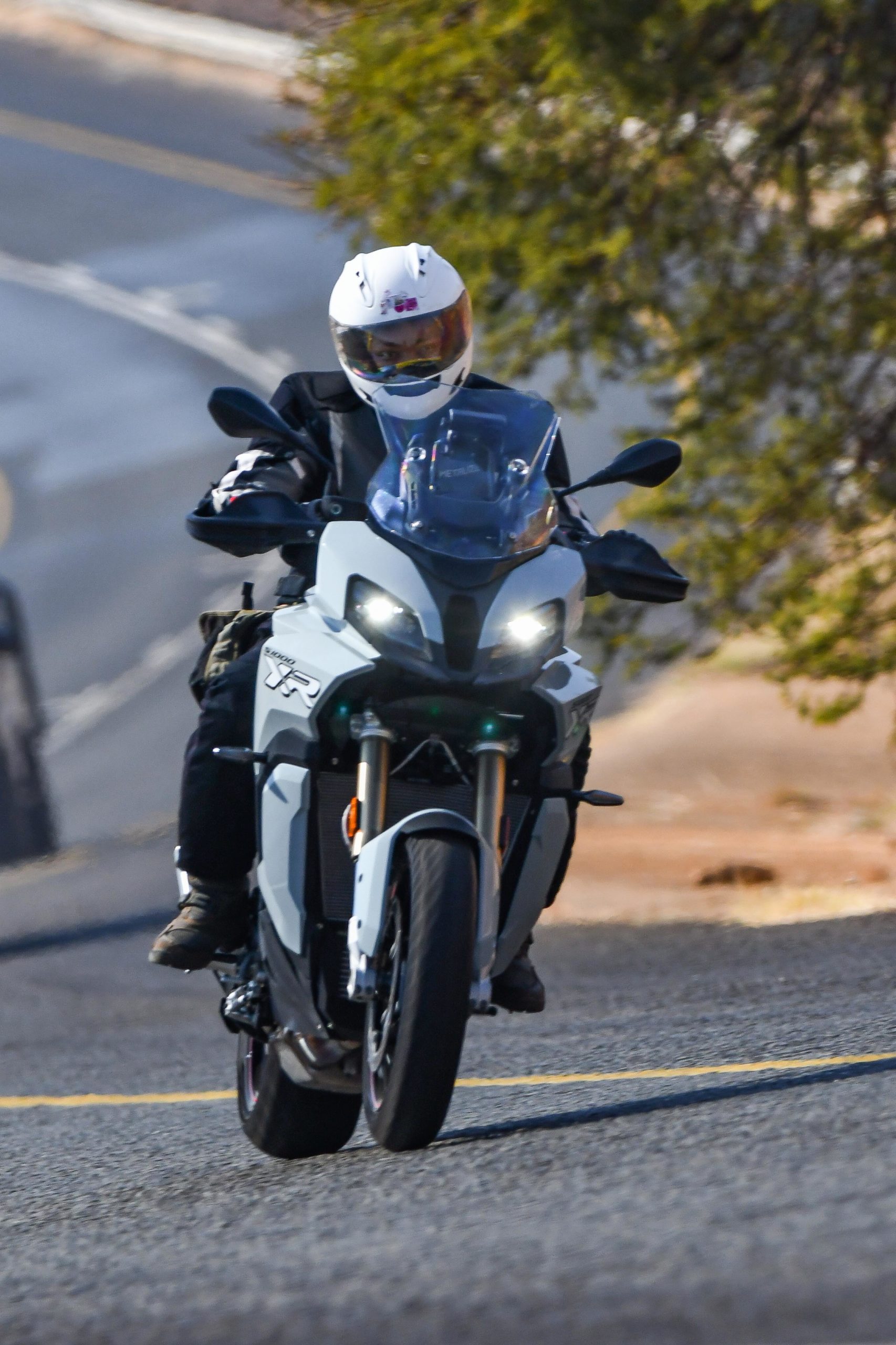
Give A Running Commentary
Lastly, and don’t laugh at this last point. I thought long and hard about including it because it exposes me, but what the heck! I am writing this so that it helps other new riders so here goes.
I provide myself with a running commentary of what I am doing as I ride. This works best when I ride in the city as it helps me concentrate on my surroundings and reminds me of all the steps I need to follow.
I talk to myself throughout the ride and it goes something like this:
- Time to change lanes. Check mirrors, look over your shoulder – all clear? Ok. Move
- Fast approaching car behind me. Distracted driver? Should I outrun him? Hmmm… tempting. Nah. Let him pass.
- Traffic light just turned amber. Let up on the throttle, change down, easy on the rear brakes. Should I stop behind this car or ride between the cars and stop at the white line? Pull in the front brakes. Gently. Change to 1stgear. Which side will I put my foot down on? Roll to a stop. Well done! Ok, now get ready to take off again.
The more I ride, the less detailed the commentary. That said, I have noticed that whenever I am in a high traffic situation or if I am feeling a little nervous I go into extremely detailed running commentary mode.
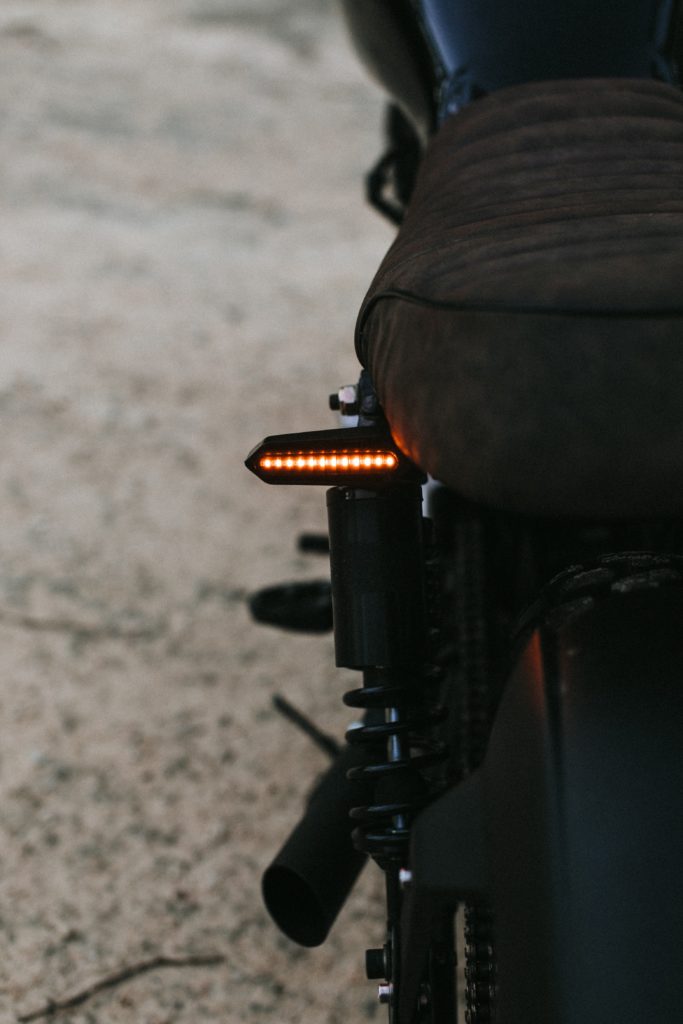
I am confident that these (and the other five tips listed in my previous article of the same title) apply to both new and experienced riders. The simple fact of the matter is that motorcyclists have more to lose than motorists in the event of an accident so it stands to reason that we as riders do all that we can to keep safe on the roads.





